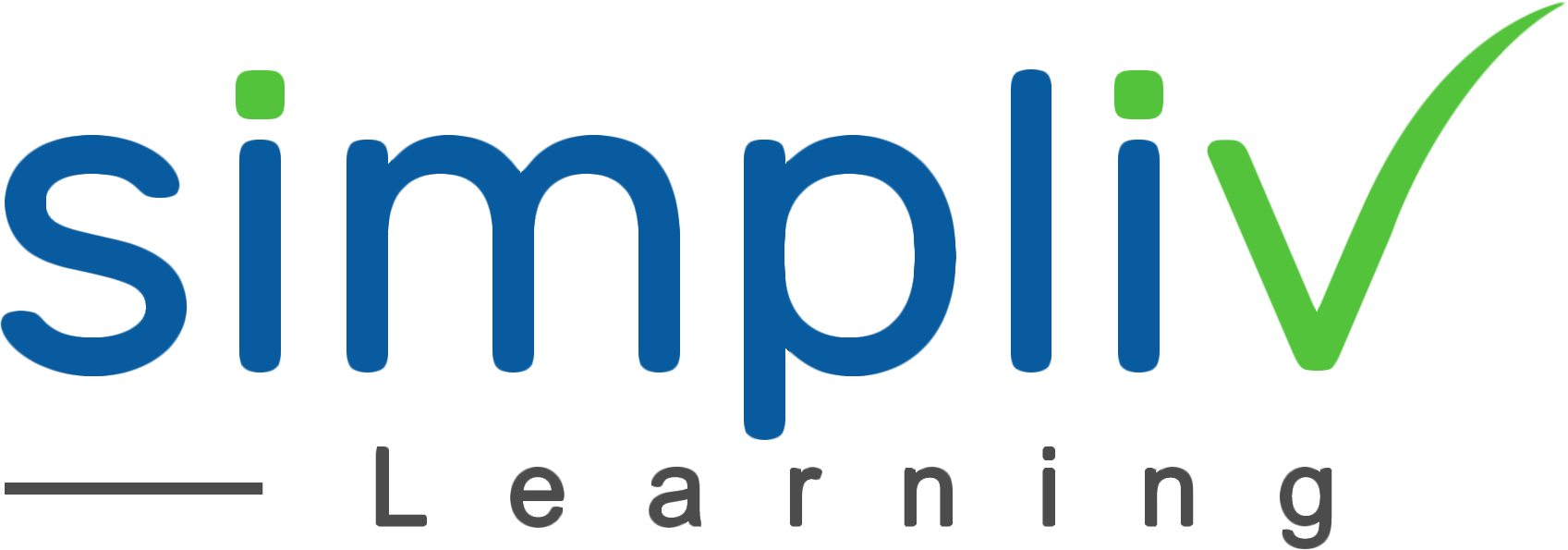Selenium Certification Training
Learn our JOB Oriented Selenium Testing Certification Course. End of this course students and professionals will gain automation skills on writing test cases and its advanced concepts such as Framework Designing, BDD with Cucumber, Selenium IDE and more. This course developed by industry experts.
Programming
30 Hours
Description
Selenium certification training helps you master this automation testing tool. This Selenium training covers WebDriver, Grid, IDE, handling IFrames, Alerts, and Modal Dialog box. With this Selenium training, you will learn to use supported plugins such as TestNG Framework, Robot Class, Cucumber, and Gherkin to control your automation environment. Get hands-on experience on widely used automation frameworks such as Data-Driven Framework, Keyword-Driven Framework, Hybrid Framework, and Behaviour Driven Development (BDD) Framework. This Instructor-led automation testing training online is created by top industry experts and allows you to work on real-life industry use cases.
Course Objectives
Learn the fundamentals of Selenium and its components including, Selenium WebDriver, Selenium Grid, and Selenium IDE . The training enables you to work with various web element(s) locating strategies, perform actions on web elements, group, and sequence tests as well as generate reports for your test cases using TestNG. Additionally, you will be introduced to the Page Object Model (POM) design pattern which will further help you optimize the execution of your automation scripts by implementing Page Class and Page Factory.
Target Audience
Software Developers, Testers, and QA Engineers
System Analysts, Administrators, and BI and ETL Professionals
Basic Understanding
Having a basic knowledge of C or Java is beneficial
Course Content
No sessions available.
Coupons
Live Support
Call
+510-849-6155
Mail to
support@simplivlearning.com
